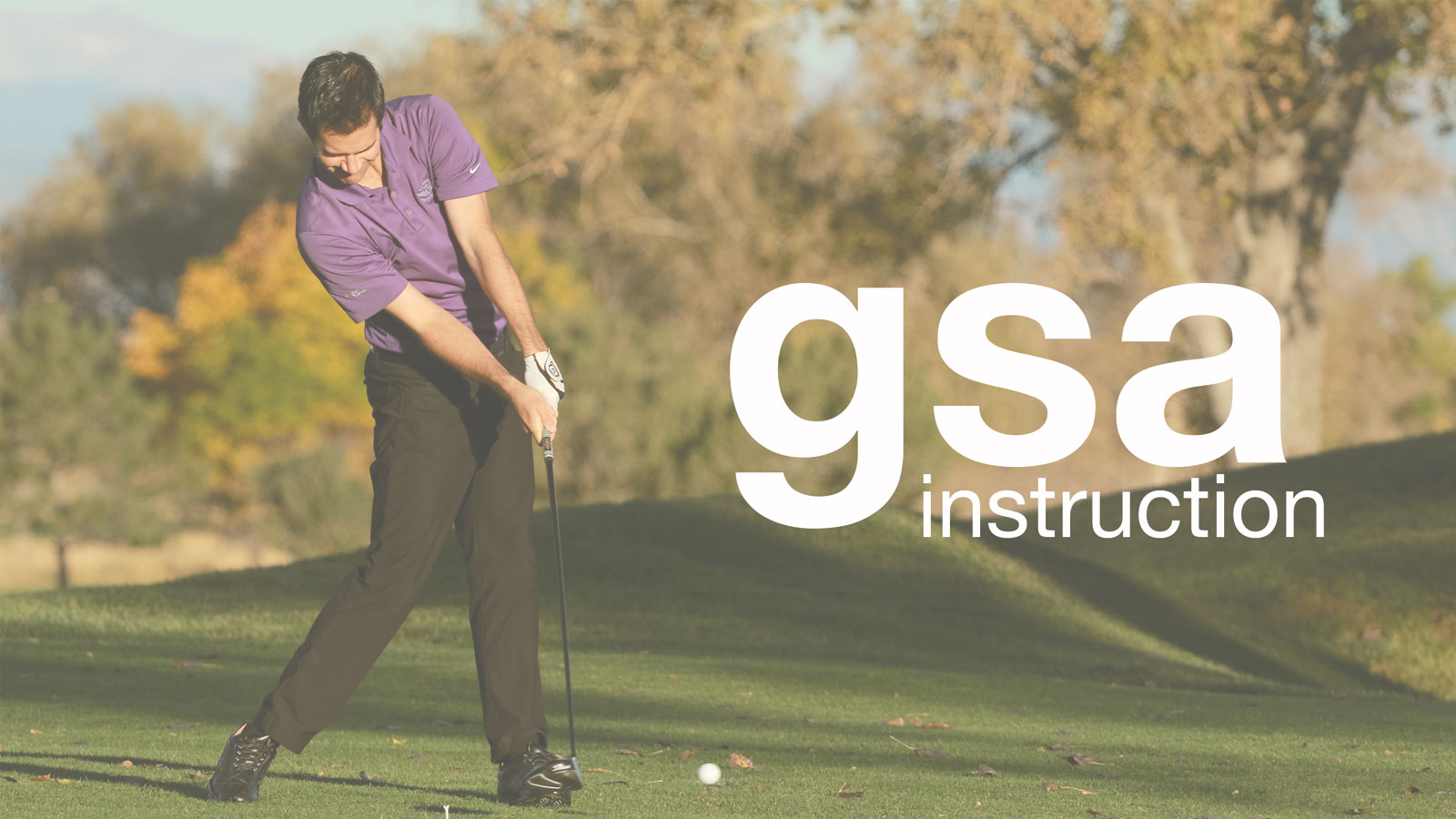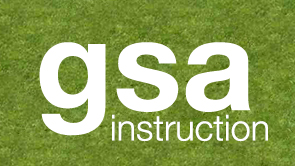Subscribe now to watch the full video.
Of the four main swing contributors, I believe triggers to be the hardest to change. A trigger is when the brain says, “alright, let’s do this!” and initiates the movement program. The two most common times for a trigger to take effect are: to start the swing, and to start the downswing. What happens when you try to change a trigger is that the brain has a hard time getting comfortable enough to pull the trigger (think Kevin Na in 2012). The other thing, is because the trigger is often subtle, the golfer is usually unaware that they are doing it and have a hard time getting sensitive to it.
Let’s look at the type of triggers and how you can change them (if you really REALLY want to)
Triggers can be from a variety of factors, but four of the most common triggers sources are:
- Physical
- Rhythm/Timing
- Visual
- Mental
Physical Triggers
Physical triggers are going to fall into the category of input from the proprioceptive (or feel) sensors of the body. This can be sensations such as pressure, tension, muscle activation or things of that nature.
Examples of physical triggers would be:
- A feeling of activation in your arms during transition.
- A stretch in your shoulder to tell you that you’ve finished your backswing and it’s time to start the downswing
- A clench of a jaw or holding of a breath in order to start the swing
Physical triggers can be worked on with increased sensations from elastic bands, weighted clubs, resistance objects and body awareness drills.
Rhythm Triggers
Rhythm or timing triggers are going to fall into the category of input from either the proprioceptive or vestibular system. Basically, this is the beat that some golfers here clearly, that results in timing mechanisms.
The most common examples of this would be:
- Waggles
- Weight shift or knee bends before a backswing
- A desired tempo
Rhythm triggers can be worked on with counting, with metronomes and with feelings of tempo such as smooth, whoosh, or fluid.
Visual Triggers
The visual triggers are going to fall into the category of input from the eyes. This one is fairly simple. The brain wants the club and ball to collide in a certain way, and has an image of how that should look. It will try to recreate that appearance even if you “know” better until it is rewritten.
Some examples of visual triggers are:
- Head tilts to start the swing
- Head locations during transition
- Trouble fixing club path because it doesn’t “look right”
Visual triggers can be worked on by putting shafts in the ground to carve an ally for the club, use lines and objects on the ground to help with spacial awareness and looking in mirrors or on video to help with understanding your actual movements.
Mental Triggers
Mental triggers is the catch-all bucket for the emotional connection to movement. This can be similar to any of the other triggers, but more involved with the emotional (limbic) system. This can be an effect of the hormones, tension in the body, or state of mind that creates “comfort”. Keep in mind, that many people are “comfortable” with tension, and “uncomfortable” feeling relaxed.
Some examples of mental triggers are:
- Paying attention to negative self talk
- Creating tension in forearms, feet, and jaw
- A fear because the body feels different on the course than it does on the range.
Emotional triggers are best worked on with breathing and relaxation exercises, but can also be worked on in practice by doing things that place a mild stress on your game. A mild stress in practice gets the body used to the changes that will occur when pressure arises on the course. This creates the opportunity to train reps with the body in a similar state of mind instead of having big differences in comfort, tension, and timings.
Triggers are tough to train and should only be worked on when they are a major source of problems. The transition triggers are easier than takeaway triggers, but knowing your tendencies for each will help you plan and prioritize your practice, so that you can maximize your enjoyment on the course.

